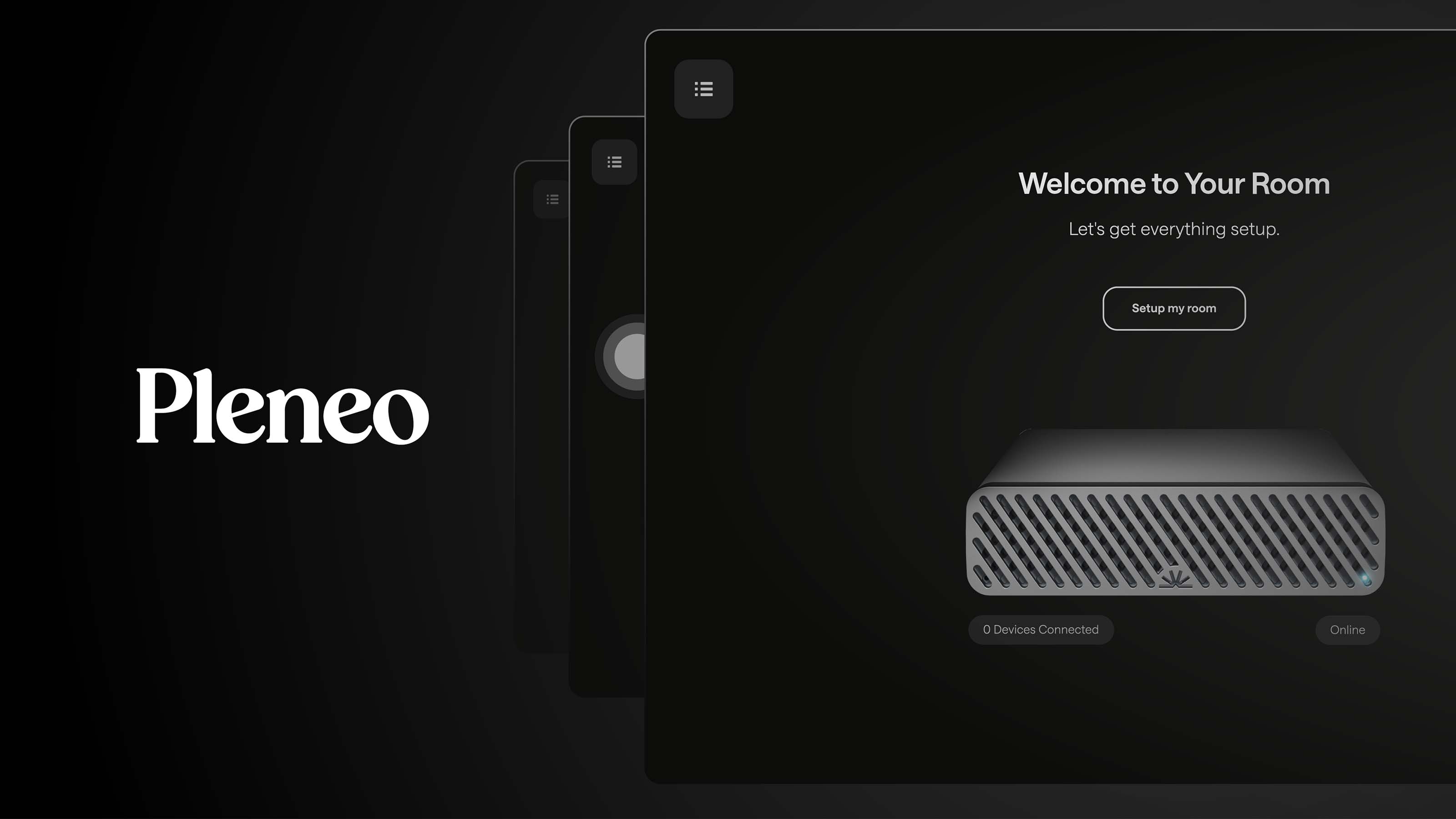7 Reasons Higher Ed Tech Managers Should Consider AVB/TSN

1. Upgradeable and future-proofed: If you are upgrading a few rooms or wings of campus, but not all of the institution, AVB/TSN lets tech managers protect their investments and expand the system without the costs associated with upgrading proprietary systems.
2. Bridges the Gap: AVB/TSN is built on standard Ethernet as the network backbone for AV and IT. Ethernet is readily available and familiar for networking. AV tech managers can have the confidence that as an enduring standard, their IT department will embrace AVB/TSN.
3. Simple: AVB/TSN takes the complexity of managing and optimizing the network out of the equation, thereby simplifying setup and daily use for users. The reliability, repeatability and ease of use are of benefit to tech managers of all skill levels.
4. Scalable: All AVB/TSN switches support the configurations, time synchronization and traffic shaping needed for a professional A/V network with the network needs built-in, so that in it can be easy to add in the future if you need to support, audio, video or any time sensitive application (i.e. sensors/control). This saves tech managers time when adding new components to a system.
5. Reliable: AVB/TSN provides the reliability of standard Ethernet with added features including bounded latency, bandwidth reservation and time synchronization allowing tech managers to support demanding system requirements in markets such as broadcast, performance venue installations, house of worship, large convention centers and conference rooms.
6. Interoperable: AVnu certification of AVB/TSN devices gives tech managers flexibility and freedom of choice because it means that products from different manufacturers are interoperable and tech managers can mix and match the best products for a project with confidence.
7. Open Standard: As an open standard, AVB/TSN allows for innovation throughout the value chain from multiple suppliers, enabling more choices for tech managers to fit the wide range of needs across different installations.
—Content courtesty of the AVnu Alliance (avnu.org)
A daily selection of features, industry news, and analysis for AV/IT professionals. Sign up below.
Stay tuned in September for “7 Reasons Higher Ed Tech Managers Should Consider Dante.” Are you #TeamAVB or #TeamDante? Tweet us @AVTechnologyMag.
UltraHD Quadview Classroom Debuts at Lone Star
The world’s first UltraHD Quadview Classroom has been delivered, installed, and is fully operational at Lone Star College in Houston, Texas, according to the TEKVOX team. The college’s Tomball Campus is the inaugural customer for the collaborative classroom solution, and plans call for more UltraHD Quadview Classrooms.
The UltraHD Quadview Collaborative Classroom is composed of four student huddle pods each equipped with TEKVOX’s 4K Quadview technology. The stations are interconnected through a powerful instructor podium, which provides interactive teaching and collaboration capabilities.
The system operates in two modes: Instructor or Student. In Instructor mode the instructor decides what the content is and what is shown on the large-screen monitor and student displays. The instructor can even select a Student Pod to send to all of the other student displays. In Student mode, a student can fully operate her own student station and collaborate with others by selecting the Quadview mode on the student station touchscreen controller.
More info: http://tekvox.com
The AVNetwork staff are storytellers focused on the professional audiovisual and technology industry. Their mission is to keep readers up-to-date on the latest AV/IT industry and product news, emerging trends, and inspiring installations.
